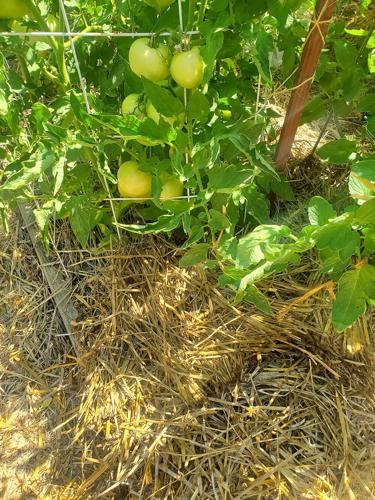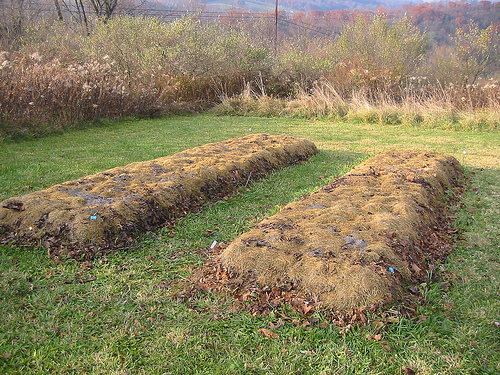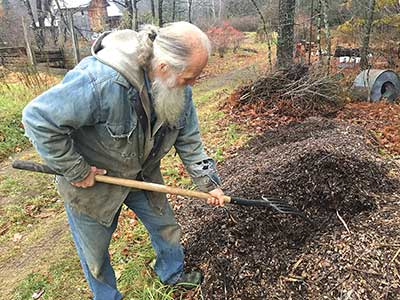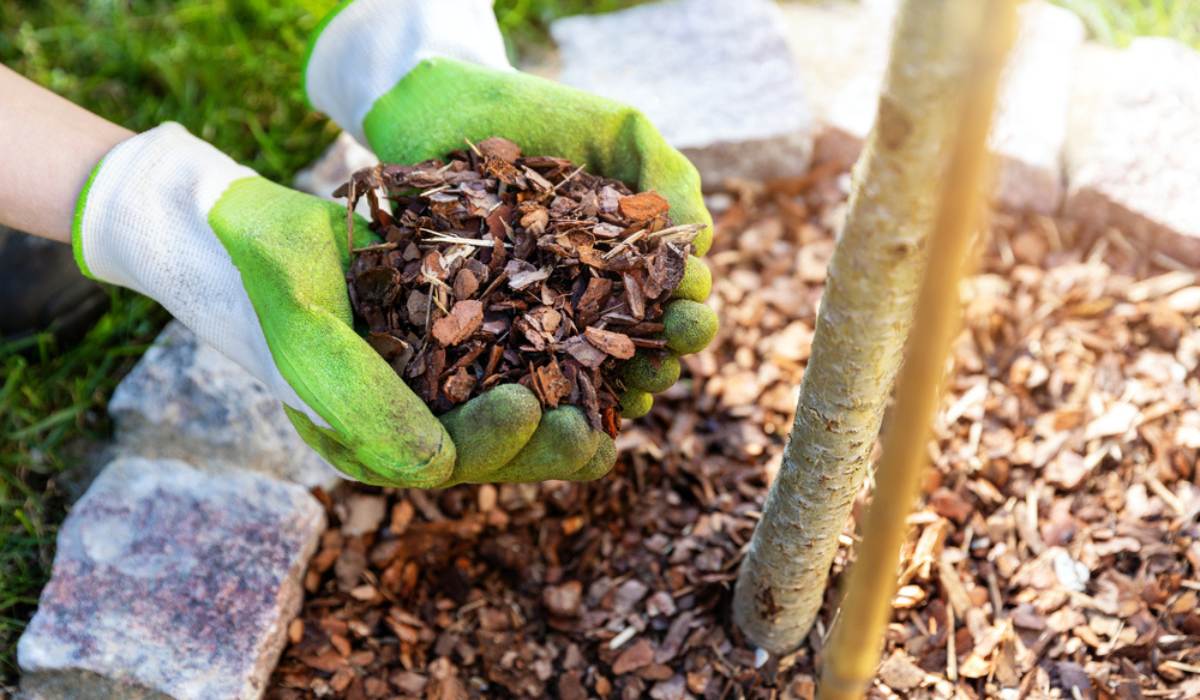Mulching has dramatically changed how gardeners approach weed control, water conservation, and soil health. While mulch wasn’t a common practice in vegetable gardens just 50 years ago, today it’s an essential technique. Below, we explore three important mulching methods that have shaped modern gardening practices and their continued impact on how we garden today.
1. Ruth Stout’s Deep Mulching: A No-Work Revolution
In 1979, Connecticut gardener Ruth Stout introduced the concept of “no-work gardening” through her book, The No-Work Garden. She discovered that covering her garden with a thick layer of mulch—specifically hay—improved soil health by retaining moisture, preventing weeds, and boosting organic matter. Stout advocated for deep mulching, recommending at least twice the amount of mulch most gardeners typically use.
Her method revolutionized organic gardening by making it easier to grow crops like peppers, potatoes, and other summer vegetables. The practice also helped to reduce the amount of labor required for weeding and irrigation. However, deep mulching can attract wildlife such as snakes, chipmunks, and voles, which can be a downside for some gardeners.

The lasting influence of Stout’s method is evident in the widespread use of mulch, especially in the spring and autumn, to protect soil from extreme temperatures and to nourish it with organic matter. Today, gardeners continue to apply thick layers of mulch to improve their soil’s structure and health.
2. Lasagna Gardening: Layering Organic Matter for Fertile Soil
Introduced in 1998 by Pat Lanza, Lasagna Gardening involves creating a planting bed by layering different types of organic materials, such as compost, shredded leaves, peat moss, and newspapers. This technique mimics natural decomposition processes, creating rich, fertile soil over time. The method is named after lasagna because it involves stacking layers much like the layers in a lasagna dish.
Though more time-consuming than other methods, lasagna gardening allows gardeners to transform lawns into garden beds without the need for tilling. Over the course of a year or two, the layers break down into nutrient-rich soil. However, modern applications of lasagna gardening often involve fewer layers, especially in areas with abundant earthworms that help to break down organic material quickly.

The key benefit of lasagna gardening is its ability to build soil fertility naturally, without relying on synthetic fertilizers. The method’s flexibility and ability to improve soil health over time make it a popular choice for gardeners transitioning to organic practices.
3. Wood Chip Mulch: Sustainable and Effective
Starting in the 1990s, the timber industry began producing wood chip mulch on a larger scale, utilizing more advanced chipping equipment. This mulch, made from fresh branches and some leaves, became popular for its durability and ability to suppress weeds. It’s especially valued for its even texture and long-lasting nature, making it a common choice for ornamental gardens and playgrounds.
The “Back to Eden” gardening method, popularized by the 2011 film of the same name, demonstrated the potential of wood chip mulch in food gardens. By applying a deep layer of wood chips and planting in compost-enriched openings, gardeners can maintain soil moisture, reduce temperature fluctuations, and encourage beneficial fungi that enhance soil fertility. This method is especially effective in urban “food forests,” where edible trees, shrubs, and annual crops are grown in harmony.

While wood chip mulch is often used for pathways in food gardens, other organic mulches like leaves or hay can also be used when wood chips are not readily available. The use of biodegradable mulches such as these helps reduce the environmental impact of synthetic plastic mulches.
Conclusion
Mulching has become an indispensable tool for gardeners, offering a range of benefits from improved soil health to efficient water use. Methods like Ruth Stout’s deep mulching, lasagna gardening, and wood chip mulching provide diverse approaches to soil care, each with its unique advantages. As gardeners continue to explore sustainable and organic practices, mulching remains a critical component of successful, eco-friendly gardening. By embracing these techniques, we can work in harmony with nature to create healthier, more productive gardens.
